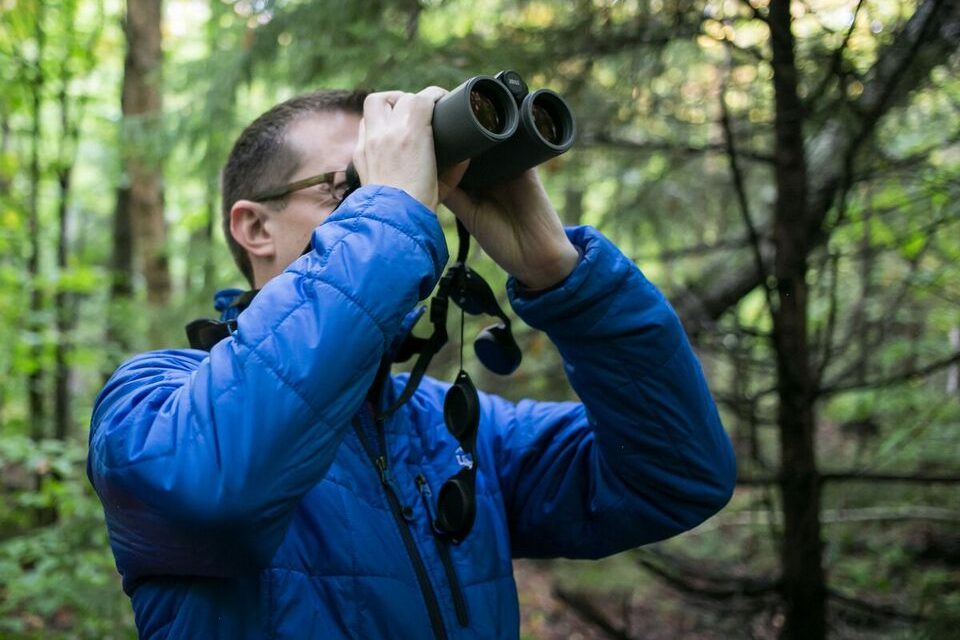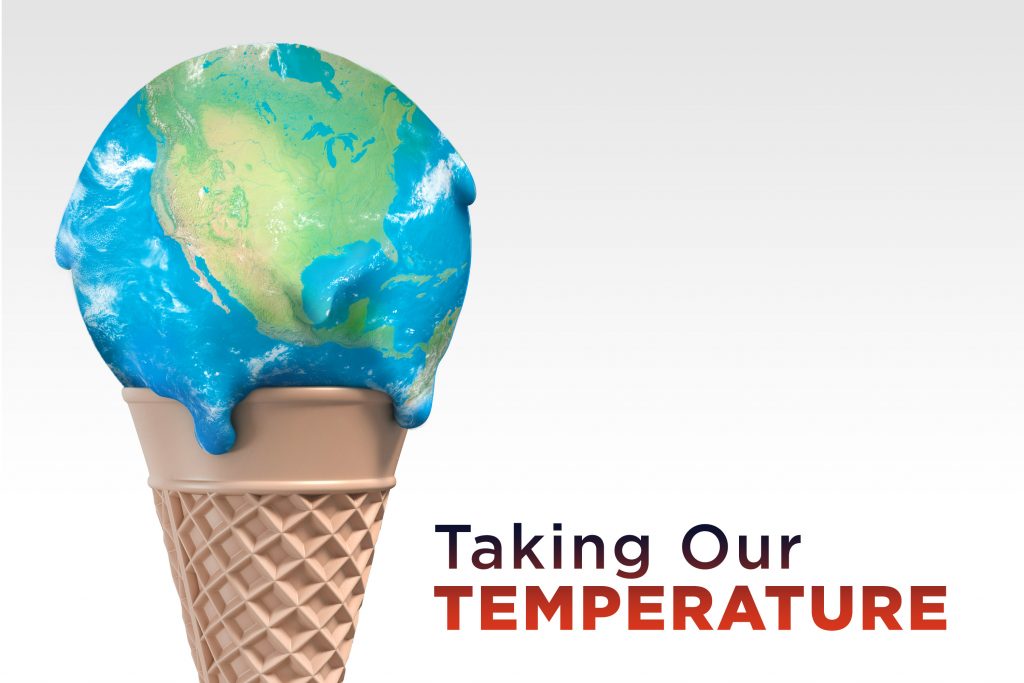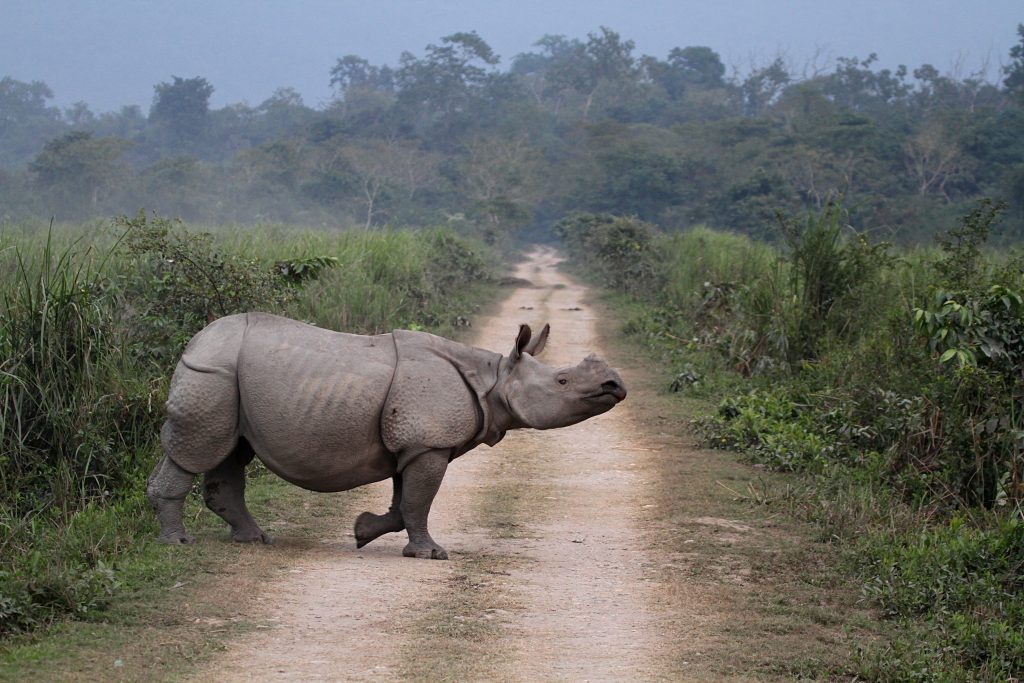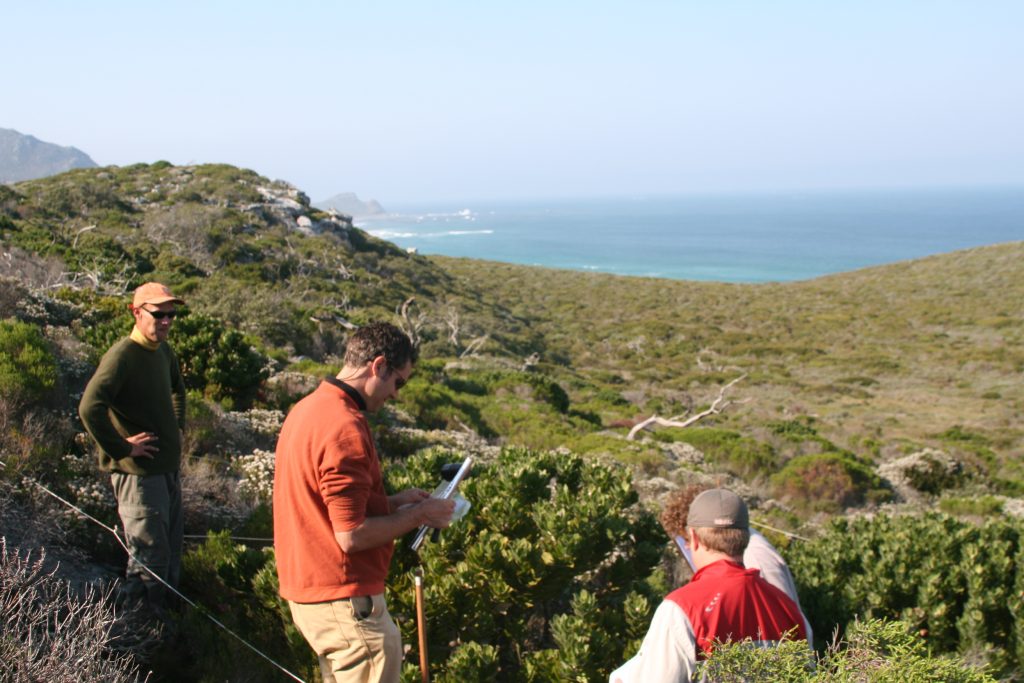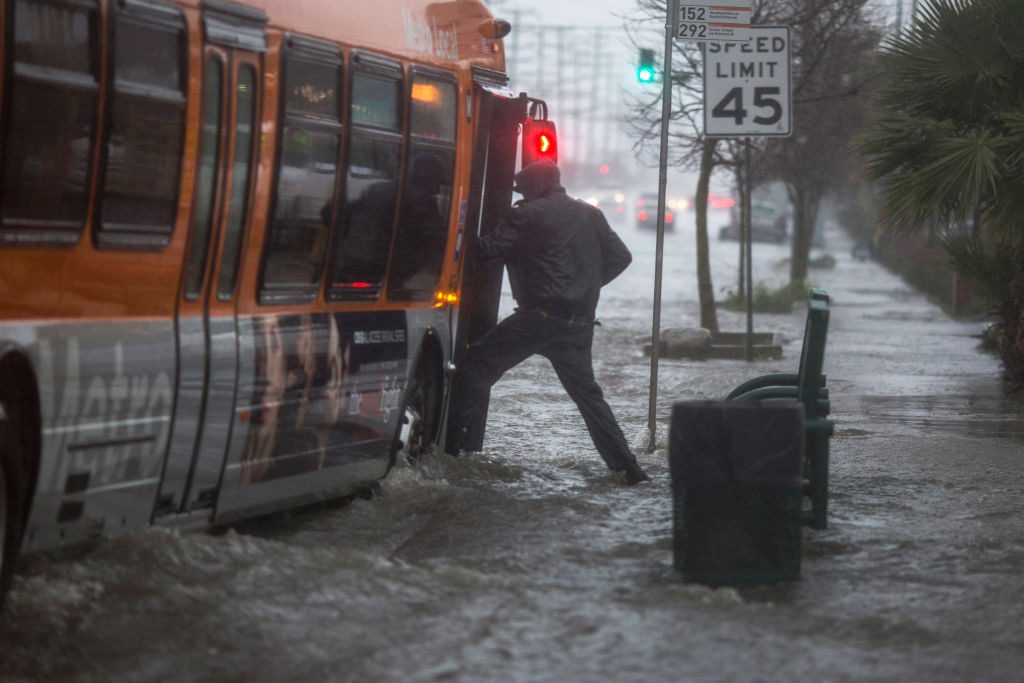Climate change
Heat Waves Threaten City Dwellers, Especially Minorities and the Poor
'One or two degrees may not seem like much, but for especially vulnerable groups like the elderly, the sick, the poor, pregnant women, and infants, it may be enough to tip the scales,' says anthropologist Merrill Singer.
August 7, 2017 | Merrill Singer, Department of Anthropology
Studying Silversides
Marine scientist Hannes Baumann is studying how Atlantic Silverside fish are reacting to climate change and other human-caused changes in coastal waters.
July 7, 2017 | Combined Reports
Ticking Biological Clock: Migratory Birds Arriving Late to Breeding Grounds
A growing shift in the onset of spring has left nine of 48 species of songbirds studied unable to reach their northern breeding grounds at the calendar marks critical for producing the next generation of fledglings, according to a new paper in Nature Scientific Reports.
May 15, 2017 | Loretta Waldman, UConn Communications, and Natalie van Hoose, Florida Museum of Natural History
Series: Understanding and Responding to Climate Change
Across disciplines, UConn’s researchers are amassing a wealth of knowledge about climate change that will lead to greater understanding of its impact.
April 21, 2017 | Combined Reports
To Conserve Tropical Forests and Wildlife, Protect Rights of People Who Rely on Them
A UConn global environment expert argues that when countries protect the rights of local people and support their participation in the political process, they are better able to handle conflicts over the environment.
April 20, 2017 | Prakash Kashwan, Department of Political Science
The New Game of Russian Roulette for Fire-Prone Ecosystems
The findings of a new study are a concern for fire-prone ecosystems, including those in the United States, Australia, and South Africa.
April 17, 2017 | Kristen Cole
Invasive Japanese Barberry to Gain Ground with Climate Change
One of New England’s invasive species, Japanese barberry, will remain and flourish in new areas under predicted temperature increases, while the other, garlic mustard, will head north, says a new study.
March 28, 2017 | Kristen Cole
Accounting for Extreme Rainfall
A UConn climate scientist says more intense and frequent rainfall is coming, with no drop-off.
March 6, 2017 | Colin Poitras
Feeling the Heat: The Urban Response to Climate Change
A survey of low-income Hartford residents shows many are concerned about climate change and want to learn more about it to protect themselves and their families.
December 19, 2016 | Colin Poitras
Black Sea Project Discovers Unseen Medieval Ship
UConn nautical archaeologist Kroum Batchvarov says seeing the medieval shipwreck for the first time was 'a truly thrilling moment.'
November 29, 2016 | Kenneth Best


